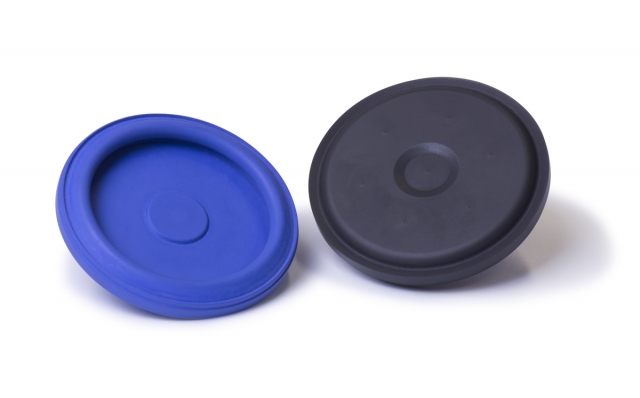A proven process for use across industries
Gas fluorination is ideal for small or complex rubber components. It is a well-proven process for use in industries such as automotive, pharmaceutical, packaging and construction. The precise control helps to deliver consistent and repeatable improvements and surface property modifications are maintained across all edges, angles, openings and holes, without any effect on the rubber.
The benefits
- greatly reduced coefficient of friction
- enhanced adhesion and bonding
- increased chemical resistance, controled permeation and improved wettability.
Rubber Fluorination – Frequently Asked Questions
What can be fluorinated?
The material has to be fluorine compatible and give sufficient benefit to make the process commercially viable. Any polyolefin fluorinates very well, but in addition to HDPE, LDPE, PP and UHMW-PE a variety of other materials, such as thermoplastics, rubbers and elastomers gain significant benefit from fluorination.
What is fluorination?
It is the conversion of an object surface by reaction with fluorine gas under highly controlled conditions.
What levels of fluorination are available and which should I choose?
DP Seals can offer a number of standard levels of fluorination and a host of customer specific levels. The choice of which level of fluorination is dependent on the application and a host of other variables. For this reason we strongly recommend product testing to establish the correct treatment level required for your particular application.
How is fluorination performed?
First items are sealed in a vacuum autoclave. Then, under tightly controlled conditions, they are heated to 70 deg C and exposed to both measured amounts of elemental fluorine gas and nitrogen at around 1/3 atmospheric pressure.
How long does the treatment last?
The fluorinated layer is a chemical conversion of the existing surface and is atomically bonded to it. As such the treatment is permanent and cannot be readily removed or become unbound with time.
How is a component checked for fluorination and what quality control is in place?
A test piece is put into every treatment and its status is checked using FT-IR infra-red photo spectroscopy.
Records of every test are maintained against reaction number and date along with a full production log and a certificate of conformity.

